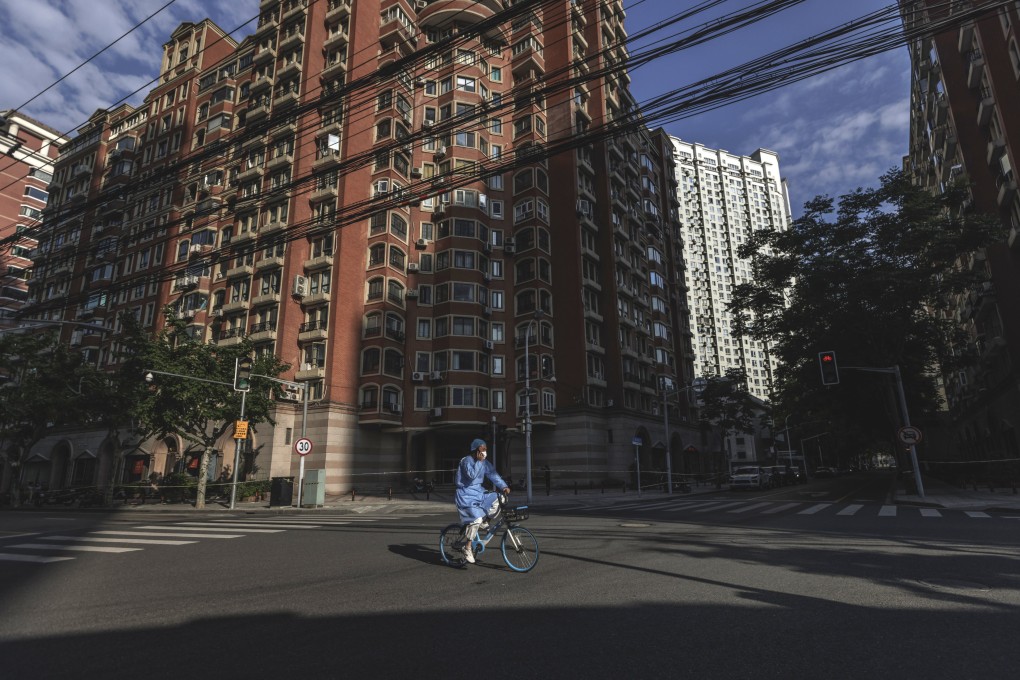Coronavirus: economic toll of China’s latest outbreak ‘10 times more severe’ than Wuhan in 2020
- Coronavirus-driven disruptions have affected 160 million people this year in cities with a total economic output of 18 trillion yuan (US$2.68 trillion), a top economist says
- It is challenging for China to reach its economic growth target of ‘around 5.5 per cent’ for 2022, or even match the 2.3 per cent figure of 2020, Xu Jianguo says

Coronavirus-driven disruptions, including lockdowns and transport restrictions, have already affected 160 million people this year in cities with a combined economic output of 18 trillion yuan (US$2.68 trillion), according to Xu Jianguo, associate professor of economics at the National School of Development in Peking University.
For comparison, the initial Wuhan outbreak two years ago affected 13 million people in a regional economy worth 1.7 trillion yuan, he said.
Xu estimated China has seen more than 800,000 infections since the beginning of 2022, far surpassing the 92,514 cases in 2020.
“The severity of this year’s outbreaks is more than 10 times that of 2020 … in terms of the size of the affected population and economy,” he said at a webinar on Saturday hosted by Hongfan Institute of Legal and Economic Studies.
